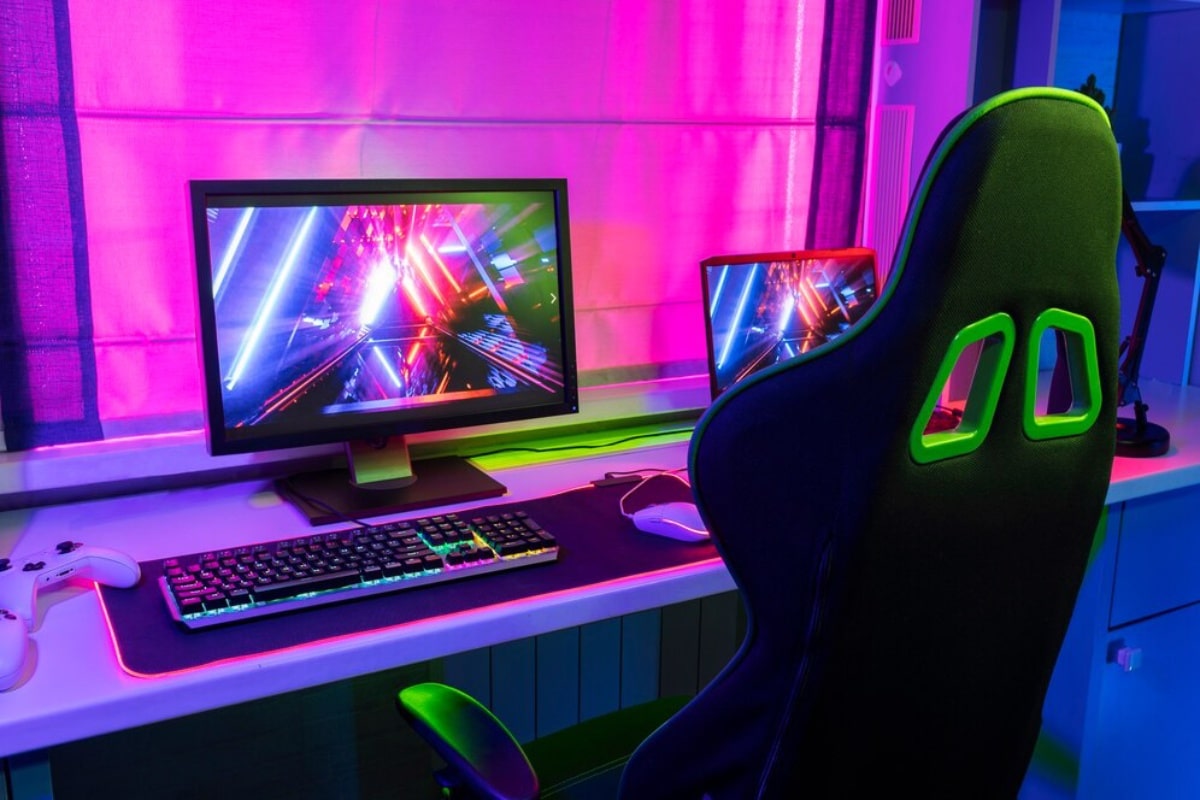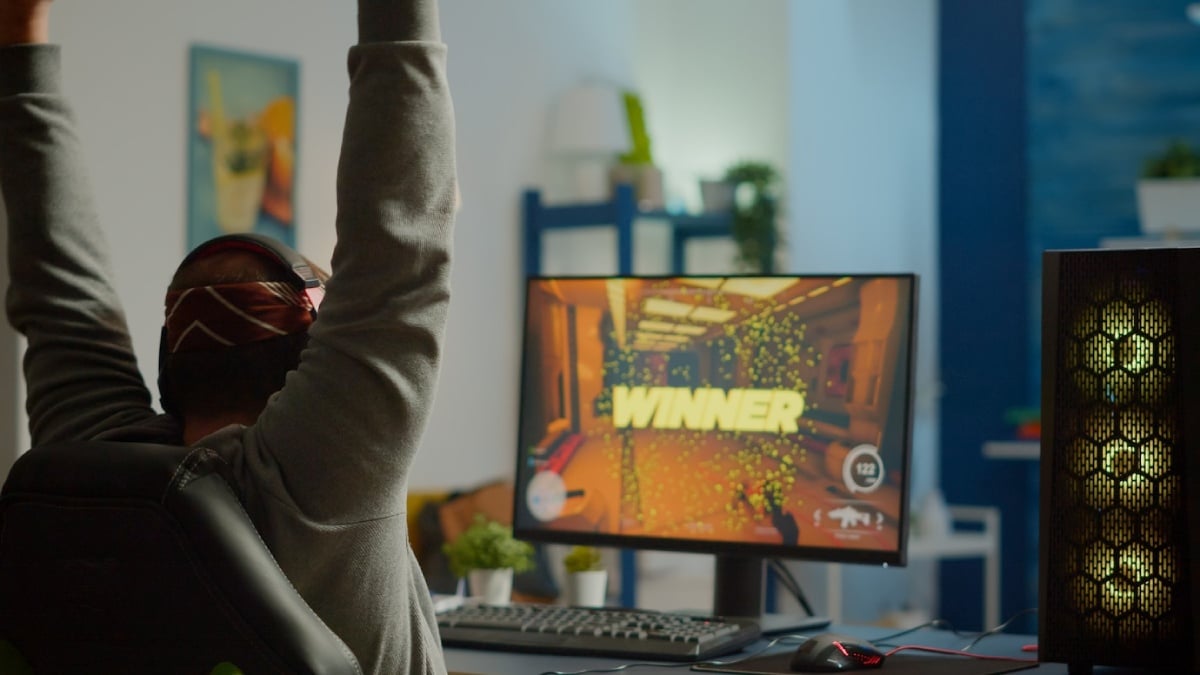
How to Choose the Right Gaming Chair for You
Your chair can really impact your gaming experience. No matter if you’re in a tough match, deep into an RPG, or streaming to many viewers, don’t overlook its importance. The wrong chair can be a literal pain — in your back, neck, and even your focus. A high-quality gaming chair looks great, but it’s more than that. It’s an important investment in your comfort, posture, and health over time.
With so many models out there, picking the right one can be hard. They all have cool features and styles that catch your eye. This guide will help you cut through the noise. You’ll learn what matters most. Then, you can choose the best gaming chair for your setup, preferences, and ergonomic needs.
Understanding the Core: Why Ergonomics Matters in Gaming Chairs
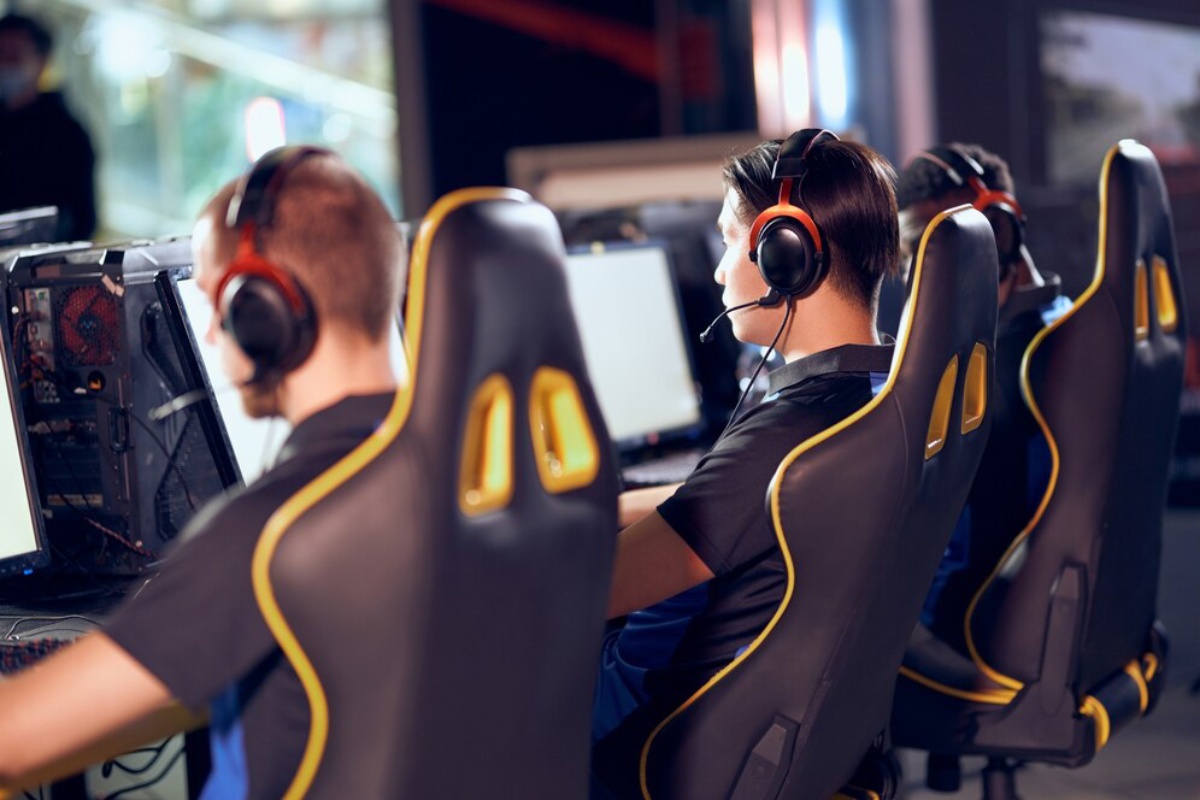
When you sit for a long time, whether gaming or working, your chair is more than just furniture. It supports your whole body. This is where ergonomics becomes crucial.
What Makes a Gaming Chair Ergonomic?
An ergonomic chair supports good posture and reduces strain. It is designed to fit your body’s natural shape. Here’s what to look for:
- Adjustable Lumbar Support: It keeps your spine in a healthy S-curve. This prevents slouching and helps avoid chronic back problems.
- Height Adjustability: Your feet should rest flat on the floor, with knees at a 90-degree angle. Height control ensures blood circulation isn’t restricted.
- Recline and Tilt Lock: Changing angles periodically allows your spine and muscles to reset, combating fatigue.
- Multidirectional Armrests (2D, 3D, or 4D): They support your wrists and elbows. This support helps prevent strain during long mouse and keyboard use.
- Seat Depth and Padding: A cushioned seat with the right depth supports your thighs. It helps avoid pressure points that can hurt circulation.
Ergonomics isn’t just a buzzword — it’s a backbone for performance, comfort, and health. Poor seating can cause posture degradation, muscle fatigue, and even long-term injury.
Quick-Reference Checklist: Choosing the Right Gaming Chair
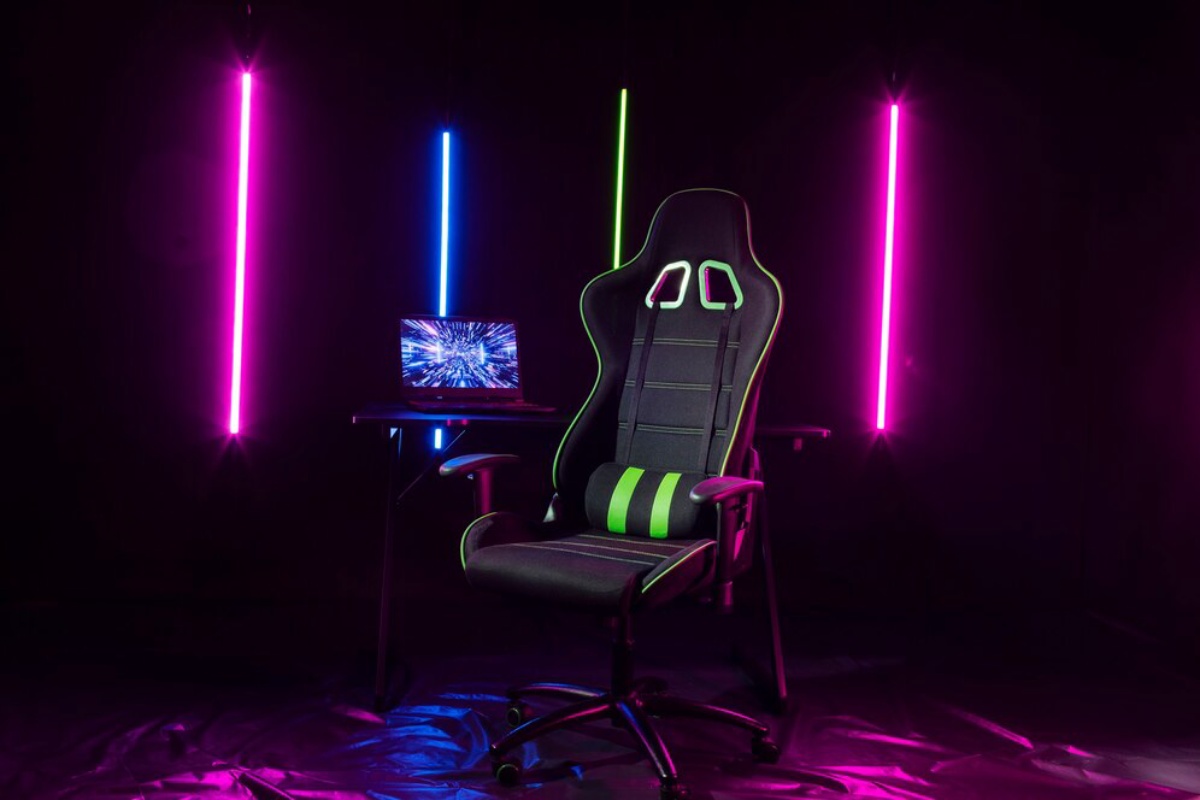
Here’s a simplified list to guide your shopping journey:
- Know your average daily sitting time
- Prioritise ergonomic design over flashy appearance
- Measure your available space and desk height
- Match chair dimensions with your body size and weight
- Look into the warranty and build quality
- Assess material type (mesh vs PU leather)
- Test all adjustability features (lumbar, recline, armrests)
- Consider the return policy in case of a poor fit
Step-by-Step Guide: Finding the Best Chair for Your Needs
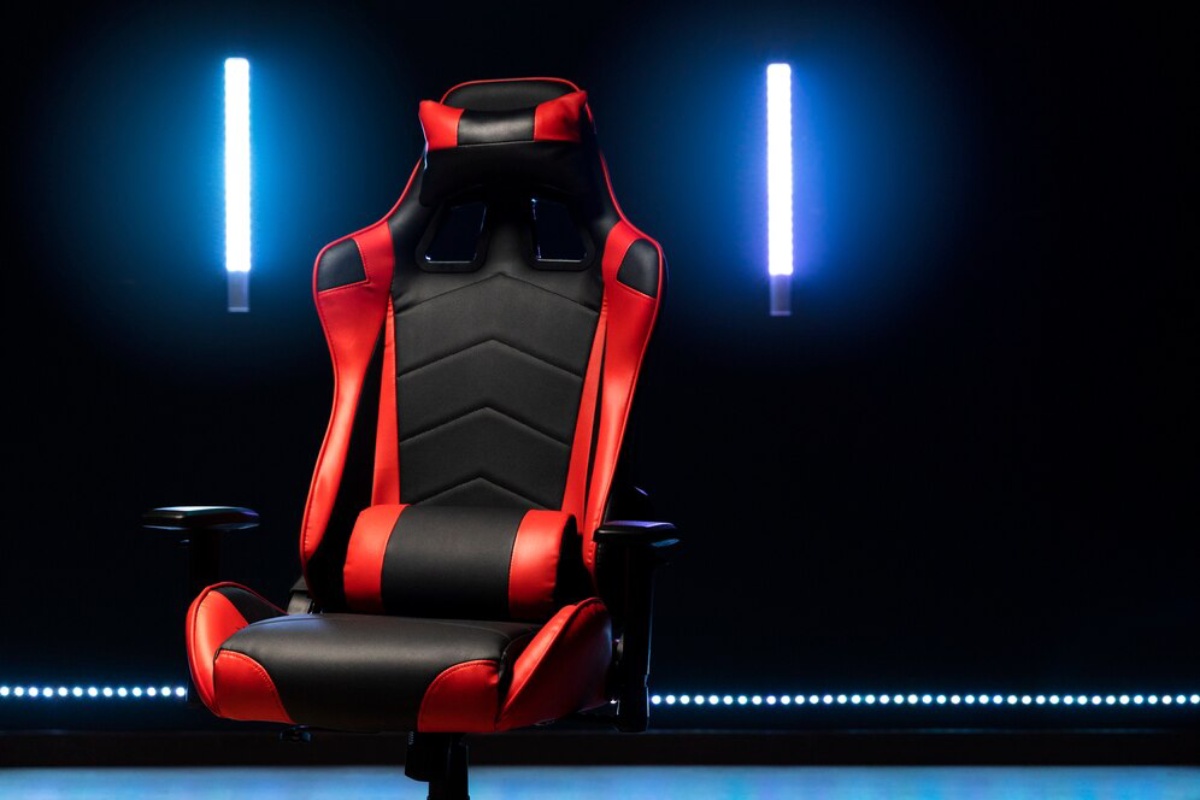
1. Evaluate Your Usage Style
Your gaming habits significantly influence what type of chair will suit you best.
- Casual Gamer: You may want a simple, affordable choice that focuses on basic comfort. Look for cushioning and adjustable height.
- Streamer or Remote Worker: If you sit for 6–10 hours a day, choose chairs with good lumbar and neck support. Look for breathable materials and a high weight rating.
- Competitive Esports Player: Precision and posture are paramount here. Opt for a model with adjustable lumbar and head support, firm cushioning, and 4D armrests.
2. Understand Your Body Type
Chairs aren’t one-size-fits-all — body proportions matter.
- Height Considerations: Taller users should choose high-back chairs. Look for ones with extendable headrests or pillows. These features will avoid awkward shoulder-level positioning.
- Weight Capacity: Most gaming chairs hold up to 100–150 kg. However, some heavy-duty ones can support 180 kg or more. Exceeding capacity leads to faster wear or instability.
- Seat Width and Depth: Larger builds require wide, deep seats for comfort. Petite users should ensure the seat isn’t too large, as this can reduce back support.
3. Compare Core Features
Dig into the specifications before you commit.
- Lumbar Support: Some chairs have fixed pillows, others feature built-in adjustable lumbar units. Integrated support is more stable and typically more effective.
- Armrest Adjustability: Standard armrests only move up and down (2D). Premium models can also rotate, slide forward and back, and pivot (3D or 4D).
- Reclining & Tilt: Good chairs recline to 135°–180°, useful for breaks or watching content. Tilt lock and tension adjustment add flexibility to your sitting posture.
- Seat Material:
- Mesh: Offers superior breathability, keeping you cool during long sessions.
- PU Leather: Looks premium but can get warm and may peel over time without maintenance.
- Fabric: Comfortable and soft, though it absorbs spills and dirt more easily.
4. Consider Room Aesthetics and Space
Your gaming chair needs to harmonise with your space, both visually and practically.
- Size and Shape: Racing-style chairs are bold but bulky. If space is tight, look for minimalist or office-style gaming chairs.
- Mobility: Ensure the chair has smooth-rolling wheels and a base that won’t damage floors.
- Style Cohesion: RGB gamers often lean toward chairs with vibrant stitching and branding. Minimalists may prefer matte colours or muted tones.
5. Read Reviews and Test if Possible
Customer reviews offer invaluable insight, especially for durability and comfort.
- Long-Term Use Feedback: Look for reviews from users who’ve owned the chair for several months. Initial comfort doesn’t always hold up.
- Video Reviews: YouTube creators often walk through features and demonstrate real-world comfort.
- Try Before You Buy: If possible, visit a store to physically test chairs. Comfort is highly subjective and depends on individual body shapes.
Pro Tip: Specs and photos can be misleading. A 5-minute sit test in-store can save you months of discomfort.
Important: Don’t overlook non-gaming brands. Models like the Herman Miller Aeron and Steelcase Leap provide top-notch ergonomic design. They offer long-term value, but they come at a higher price.
Best Practices & Additional Insights
- Set a Realistic Budget: Quality starts around £150. Mid-tier chairs offer a solid blend of features (£250–£400). High-end options exceed £600 but often come with better warranties and support.
- Adjustability Matters: A chair with more options can better match your posture, helping reduce fatigue and discomfort.
- Don’t ignore the Base: Metal bases offer better stability than plastic ones. Likewise, larger castors roll more smoothly and are better on carpet.
- Check the Return Policy: Many online retailers now offer generous return windows. This is crucial, as even top-rated chairs may not suit your body type.
- Pair Your Chair with Good Habits: Even the best chair can’t fix poor posture. Adjust monitor height, take frequent breaks, and stretch regularly to maintain comfort and health.
FAQs
Are gaming chairs really better than office chairs?
Not always. Gaming chairs are stylish and made for gamers. However, many ergonomic office chairs offer better adjustability and back support. It depends on your priorities.
How long should a good gaming chair last?
With regular use and proper care, expect 3–5 years from most mid-tier chairs. Premium models may last up to a decade.
Are mesh chairs better than leather ones?
Mesh excels in breathability and is ideal for warm climates or long sessions. Leather (real or PU) looks sleek and is easier to clean, but may trap heat.
Can a gaming chair improve my posture?
Yes, if it includes proper lumbar support and you maintain good sitting habits. No chair can compensate for consistently poor posture alone.
Conclusion: Choosing the Right Gaming Chair for You
Choosing the right gaming chair goes far beyond colour schemes and logos. It’s about finding a seat that matches your body, your habits, and your setup. A good ergonomic chair helps with your gameplay and your well-being. It supports your spine and boosts your mental focus.
No matter if you game for fun or create content full-time, think about your needs. Understand the main features and spend your money wisely. A great gaming chair isn’t just a throne for champions. It’s your base for top performance and lasting comfort.
Level up your comfort. Use this guide to pick the perfect chair and game smarter, longer, and healthier.
